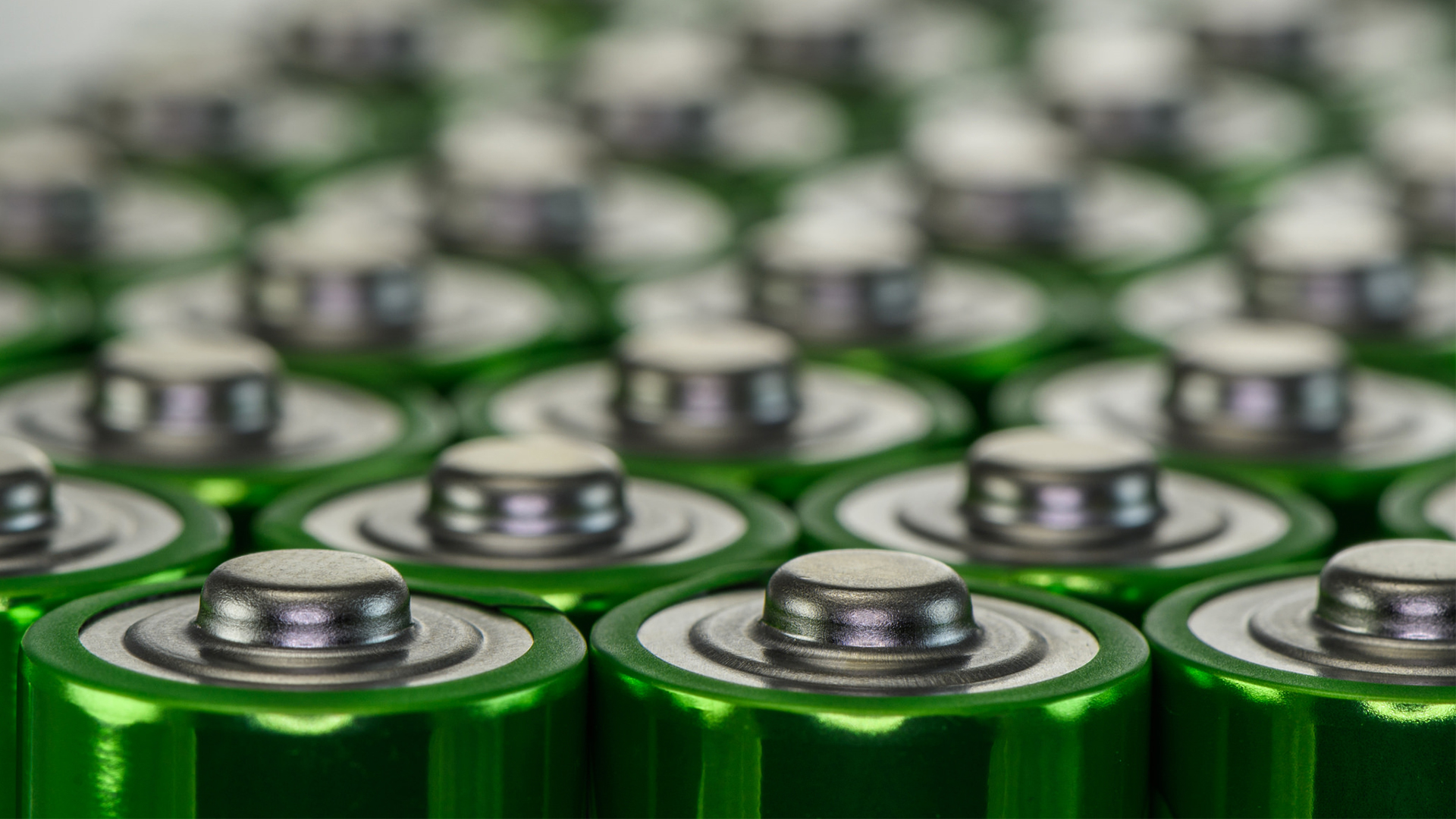
Recently published guidelines could help ensure that new battery technologies are sustainable and environmentally sound.
As electrification begins to spread across the transportation sector, the way in which battery systems are developed, manufactured, used, and recycled has a significant effect on the scale of their environmental impact. Growth from just a few percent today to more than 40% of the new vehicle market within the next 10-20 years means that there is a need for a “comprehensive set of recommendations to guide mobile battery deployment and technological development from an environmental perspective.” That was the rationale behind the creation of ten “Green Principles” that were developed by researchers at the University of Michigan’s School for Environment and Sustainability under sponsorship from the national nonprofit Responsible Battery Coalition (RBC).
Principle #1: Choose battery chemistry to minimize life cycle environmental impact
Develop and select battery chemistry that enhances operational and broader life cycle performance, which ultimately drives sustainability.
Principle #2: Minimize production burden per energy service
Minimize the production burden per energy service provided by the battery system. Production burden includes material production, manufacturing, and associated infrastructure.
Principle #3: Minimize consumptive use of critical and scarce materials
Design and production of batteries should minimize the consumptive use of scarce and critical materials, since depletion of materials can constrain continued deployment of these systems.
Principle #4: Maximize battery round-trip efficiency
Maximize battery round-trip efficiency to minimize energy losses during vehicle charging and operation.
Principle #5: Maximize battery energy density to reduce vehicle operational energy
Design battery storage with maximum energy density to minimize mass-related fuel consumption.
Principle #6: Design and operate battery systems to maximize service life and limit degradation
Use charging patterns that minimize degradation by preserving battery capacity and round-trip efficiency. Temperature also impacts degradation.
Principle #7: Minimize hazardous material exposure, emissions and ensure safety
Exposure to, and emission of, hazardous materials should be minimized during production, use (operation and service), and end-of-life stages of the battery system in order to provide a safe environment for communities, workers, and users.
Principle #8: Market, deploy, and charge electric vehicles in cleaner grids
Charge EVs with cleaner electricity to lower life cycle emissions. Any grid-vehicle interaction should result in lower emissions, and cause minimum battery degradation.
Principle #9: Choose powertrain and vehicle types to maximize life cycle environmental benefits
Increasing degree of electrification from ICEV to PHEV to BEV should result in lower life cycle emissions, depending on the grid mix.
Principle #10: Design for end-of-life and material recovery
“Circular economy” end-of-life approaches (reuse, remanufacturing, and recycling) can significantly reduce environmental impacts and global demand for extracted materials.









